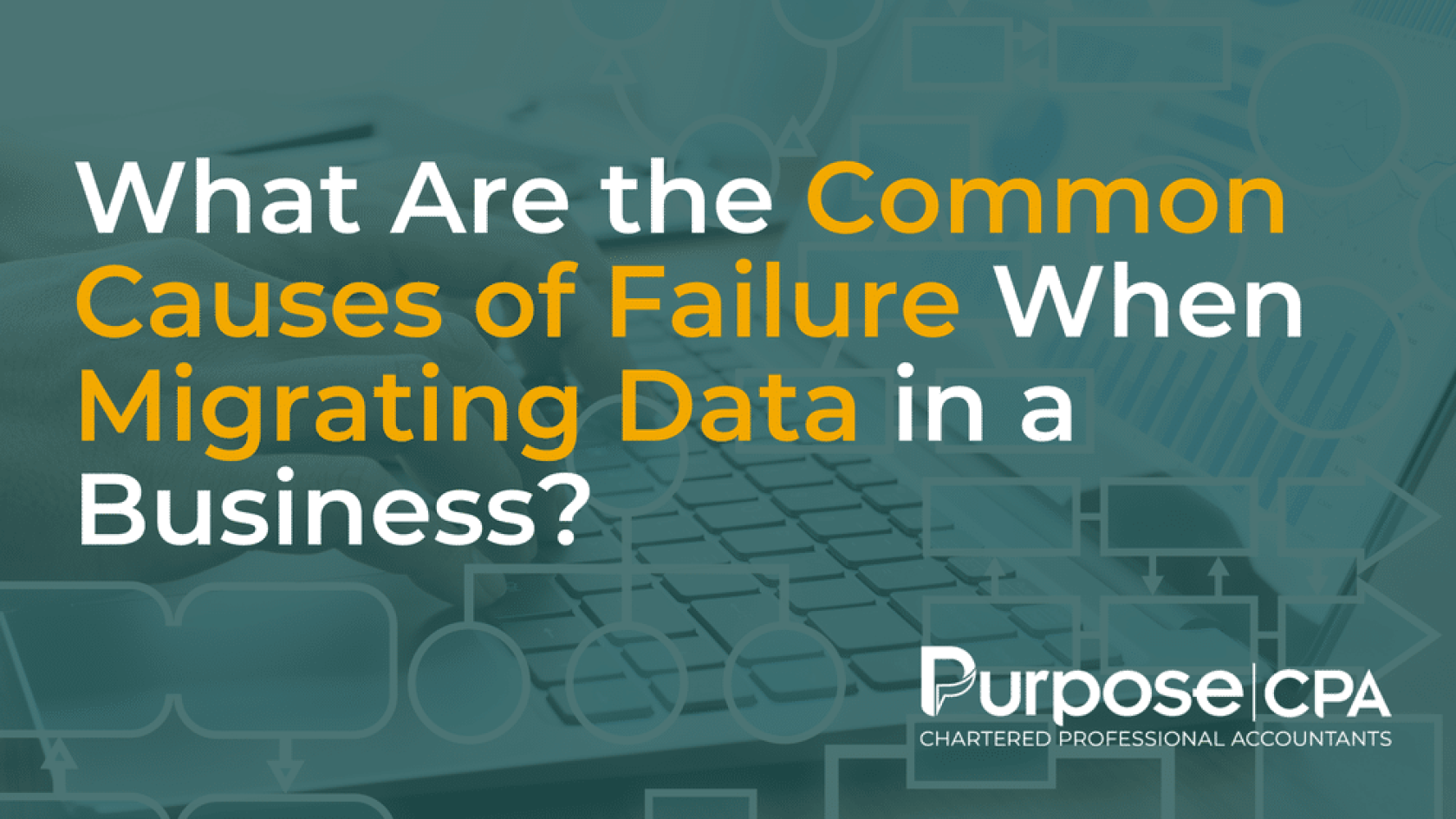Embarking on the journey of implementing new technology is an exciting step for any business. However, the success of this endeavor hinges significantly on the often-overlooked aspect of data migration. Ensuring a seamless transition of your data is crucial to prevent potential failures that could hinder the overall effectiveness of the technological shift.
Who’s this for?
- Small businesses
- Entrepreneurs
Keep reading if you are:
- Interested in learning more about data migration
- Eager for a successful digital transformation
Why does this matter to me? In today’s rapidly evolving business landscape, understanding the common causes of failure in data migration is crucial for ensuring the success of your technological initiatives. As you delve into the intricacies of this process, you’ll gain valuable insights that not only safeguard your data but also contribute to the overall efficiency of your business operations.
TLDR
Migrating business data is vital for tech upgrades, but pitfalls like poor planning, testing, and security can lead to failures. Prioritize a detailed strategy, rigorous testing, and strong data governance. Engage experts, allocate resources, and ensure clear communication for a successful migration.
What Are the Common Causes of Failure When Migrating Data in a Business?
Data migration is a critical aspect of implementing new technology in a business, and it’s essential to get it right to avoid potential failures. Common causes of data migration failure include:
- Inadequate Planning: Failure to create a comprehensive data migration plan that includes a detailed timeline, resource allocation, and clear responsibilities can lead to issues during the process.
- Lack of Data Assessment: Inaccurate or incomplete assessment of the existing data can result in data that’s poorly organized, inconsistent, or riddled with errors.
- Insufficient Data Cleaning: Neglecting to clean and preprocess data before migration can result in transferring incorrect, duplicate, or incomplete information to the new system.
- Data Mapping Errors: Incorrectly mapping data fields from the old system to the new system can lead to mismatches and data integrity problems.
- Data Validation and Testing: Inadequate testing of data migration processes can result in errors that go undetected until after the migration is complete.
- Inadequate Data Transformation: Failing to transform data to fit the format and structure of the new system can cause compatibility issues and data corruption.
- Lack of Data Governance: Poor data governance practices, such as failing to establish data ownership, policies, and standards, can result in inconsistent or unreliable data.
- Data Security Concerns: Inadequate data security measures during migration can lead to data breaches or unauthorized access to sensitive information.
- Resource Constraints: Insufficient resources, both in terms of personnel and technology, can result in delays and errors during data migration.
- Insufficient Training: Failing to provide proper training to personnel responsible for data migration can lead to errors and misunderstandings.
- Overlooking Compliance Requirements: Not addressing regulatory and compliance requirements during data migration can lead to legal and financial repercussions.
- Integration Challenges: Problems may arise when trying to integrate data from different sources, especially when dealing with complex data structures.
- Inadequate Change Management: Failing to manage the human aspect of change, such as getting buy-in from users and adequately communicating changes, can lead to resistance and issues.
- Data Loss or Corruption: Data may be lost or corrupted during the migration process, especially if backups and rollback procedures are not in place.
- Inadequate Post-Migration Validation: Not validating the data post-migration to ensure its accuracy and completeness can result in data discrepancies.
- Failure to Address Data Volume: Large data volumes can overwhelm migration processes, leading to delays, errors, and performance issues.
- Miscommunication and Misalignment: Miscommunication between IT and business teams or a lack of alignment between the technical and business goals can lead to misunderstandings and errors.
- Scope Creep: Expanding the scope of data migration without proper planning or documentation can lead to missed deadlines and issues.
- Vendor Issues: Problems with the data migration tools or services provided by third-party vendors can cause failures.
- Lack of Backup and Rollback Strategy: Not having a backup plan and rollback strategy in case of migration issues can result in data loss and downtime.
To mitigate data migration failures, it’s essential to have a well-defined data migration strategy, thorough testing, clear communication, and robust data governance practices. Engage experienced professionals and allocate adequate resources to ensure a successful data migration process during technology implementation. If you’re ready to elevate your business through this process, reach out to us for expert guidance. To all small businesses and entrepreneurs navigating the complexities of data migration, our professionals are here to facilitate a smooth transition tailored to your specific needs.




